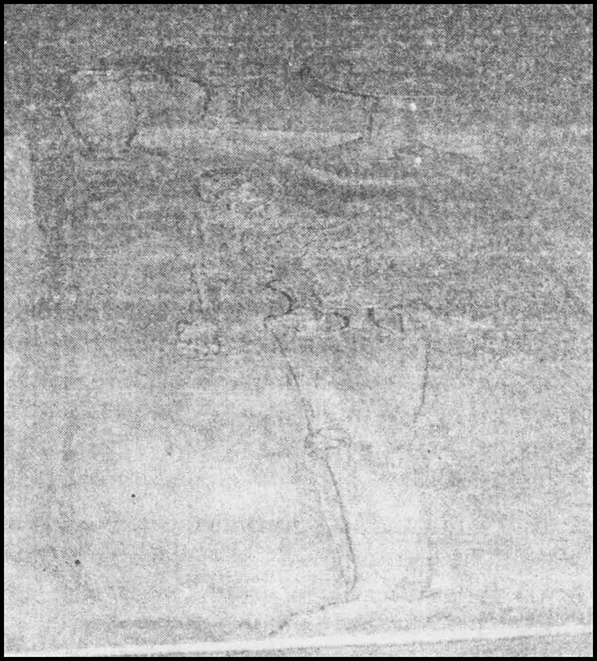Bricks, Beads And Bones
List the material used to make beads in the Harappan Civilisation. Describe the process by which one kind of bead was made.
A large variety of material were used to make beads. It included red colour stone like carnelian, jasper, crystal, quartz and steatite. Besides copper, bronze, gold, shell, faience, terracota or burnt clay was also used.
The Process of Making Beads differed according to the materials. It had the following stages:
(i) First, Giving shapes to the beads, the process differed with the materials for example steatite being soft material was easily worked.
(ii) Second phase- in this process colour was given to the beads, for example redness of Carnelian was obtained by firing the yellowish raw material and beads at various stages of productions.
(iii) Third phase- Nodules were chipped into rough shapes and then they were finely flaked into the final form.
(iv) The last phase of the process included grinding, polishing and drilling. The specialised drills have been found at many sites like Chanhudaro, Lothal and Dholavira.
Sponsor Area
Some More Questions From Bricks, Beads And Bones Chapter
List the material used to make beads in the Harappan Civilisation. Describe the process by which one kind of bead was made.
Look at following fig. and describe what you see. How is the body placed? What are the objects placed near it? Are there any artefacts on the body? Do these indicate the sex of the skeleton?
Fig. A Harappan Burial
Describe some of the distinctive features of Mohenjodaro.
List the raw materials required for craft production in the Harappan Civilisation and discuss how these might have been obtained.
Discuss how archaeologists reconstruct the past.
Discuss the functions that may have been performed by rulers in Harappan society.
On given map, use a pencil to circle sites where evidence of agriculture has been recovered. Mark an X against sites where there is evidence of craft production and R against sites where raw materials were found.
Find out if there are any museums in your town. Visit one of them and write a report on any ten items, describing how old they are, where they were found and why you think they are on display.
Collect illustrations of ten things made of stone, metal and clay produced and used at present. Compare these with the pictures of the Harappan civilisation in this chapter, and discuss the similarities and differences that you find.
Mention the two sections of the Harappan settlements and give one main feature of each.
Mock Test Series
Sponsor Area
NCERT Book Store
NCERT Sample Papers
Sponsor Area